Bringing culture to life with meaningful Hispanic Heritage Month projects
In this guide
- The purpose and significance of Hispanic Heritage Month
- Books to celebrate Hispanic Heritage Month
- 1) ‘Alma and How She Got Her Name.’ Juana Martinez-Neal
- 2) ‘Islandborn.’ Junot Diaz
- 3) ‘Carmela Full of Wishes.’ Matt de la Pena.
- 4) ‘Where Are You From?’ Yamile Saied Mendez.
- 5) ‘Dreamers.’ Yuyi Morales.
- 6) ‘Paletero Man.’ Lucky Diaz.
- 7) ‘My Two Border Towns.’ David Bowles.
- 8) ‘My Papi Has a Motorcycle.’ Isabel Quintero.
- Ideas for researched-based student projects
- Creative art, music, and storytelling activities
- Group projects that promote cultural collaboration and inclusion
- Sharing and celebrating student work in the school community
The purpose and significance of Hispanic Heritage Month
Hispanic Heritage Month takes place from September 15th to October 15th – celebrating this event brings culture, creativity, and connection right to your classroom!
This event is a perfect opportunity for students across the world to explore rich traditions, stories, and accomplishments of the Hispanic people. Hispanic Heritage Month celebrates those with roots in countries like Spain, Mexico, the Caribbean and Central and South America.
It is important for your students to understand the ‘why’ behind celebrating and honoring these cultures in your classroom. In 1968, Hispanic Heritage Month began to celebrate the independence of several countries in Latin America, including Costa Rica, El Salvador, Guatemala, Honduras, and Nicaragua which celebrated their independence from Spain on September 15.
Hispanic Heritage Month celebrates more than just food, flags, or music; learning about the impact of Hispanic and Latinx communities in the United States is so valuable for our students. This month is an opportunity to explore diverse cultures, languages, and stories and gives students the chance to feel seen and valued.
When students learn about diverse perspectives, they are able to view both history and our world in a deeper way.
Books to celebrate Hispanic Heritage Month
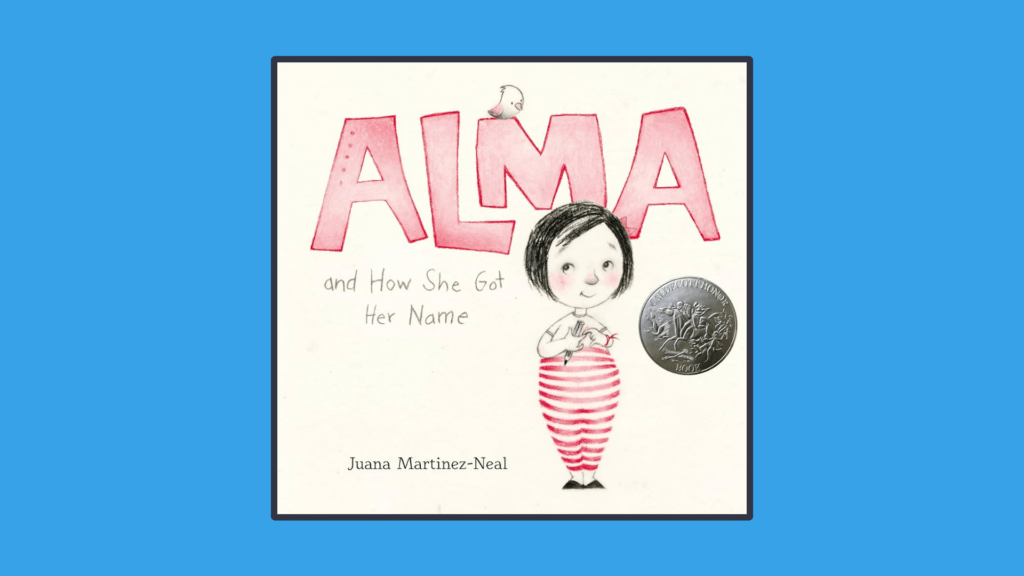
1) ‘Alma and How She Got Her Name.’ Juana Martinez-Neal
- Alma is a girl with a very long name. She looks to her parents for help in discovering why she has all of these names! Learn about hispanic history alongside Alma as her father begins to tell her the story of her ancestors and how each part of her name honors her family.
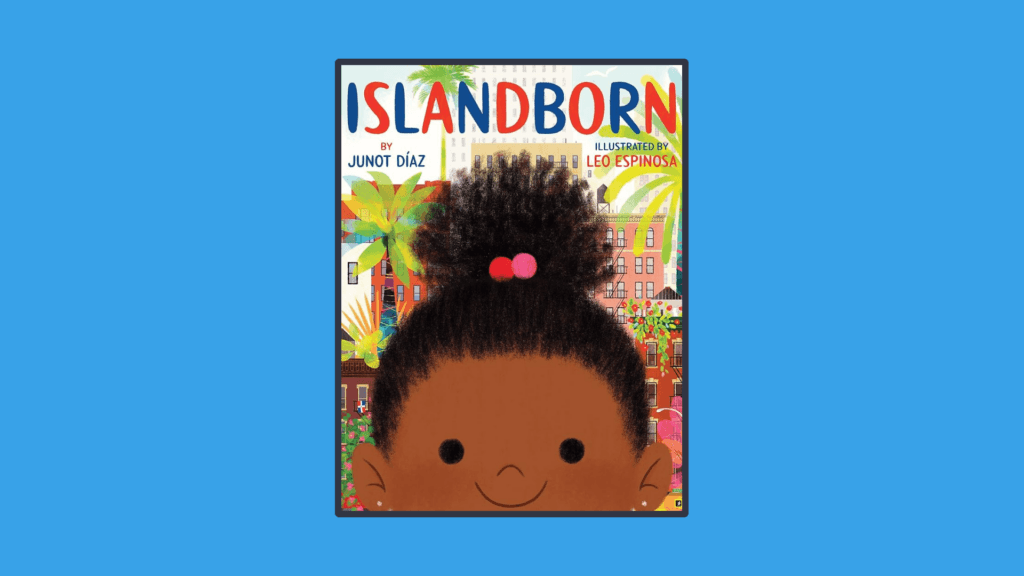
2) ‘Islandborn.’ Junot Diaz
- In this story, a young girl tries to remember the island of her people. She can’t remember on her own so she asks some of her family and community members. They tell her vivid stories of what they remember from their island.
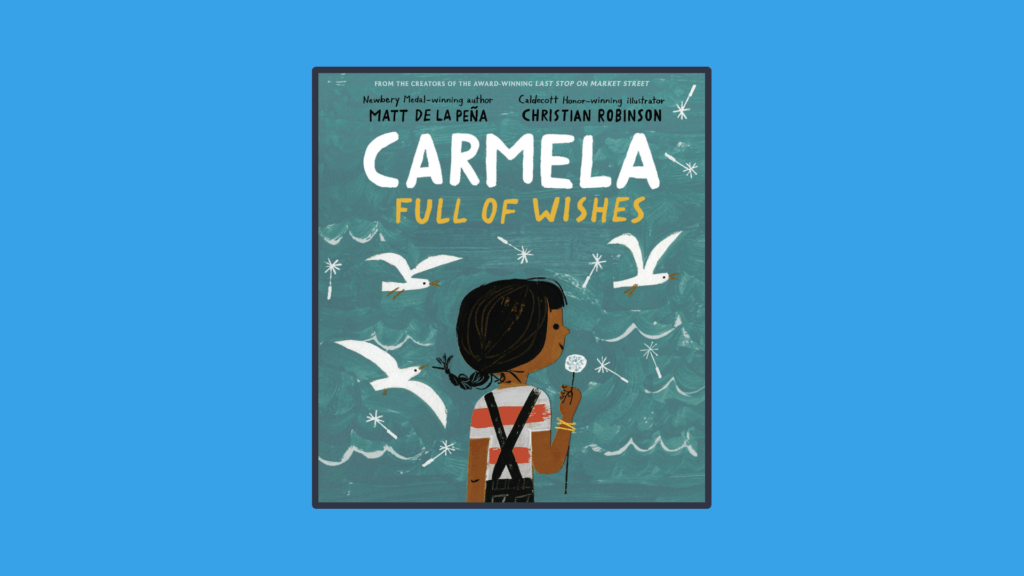
3) ‘Carmela Full of Wishes.’ Matt de la Pena.
- Carmela is finally old enough to join her brother on errands he is running for the family. Her brother is a bit annoyed that his sister is joining them but, together, they explore and learn about how hope can be found in the most unlikely of places.

4) ‘Where Are You From?’ Yamile Saied Mendez.
- A child asks her family about where they are from. She is asking for a specific location, but her family instead answers with a beautiful story about their family heritage.
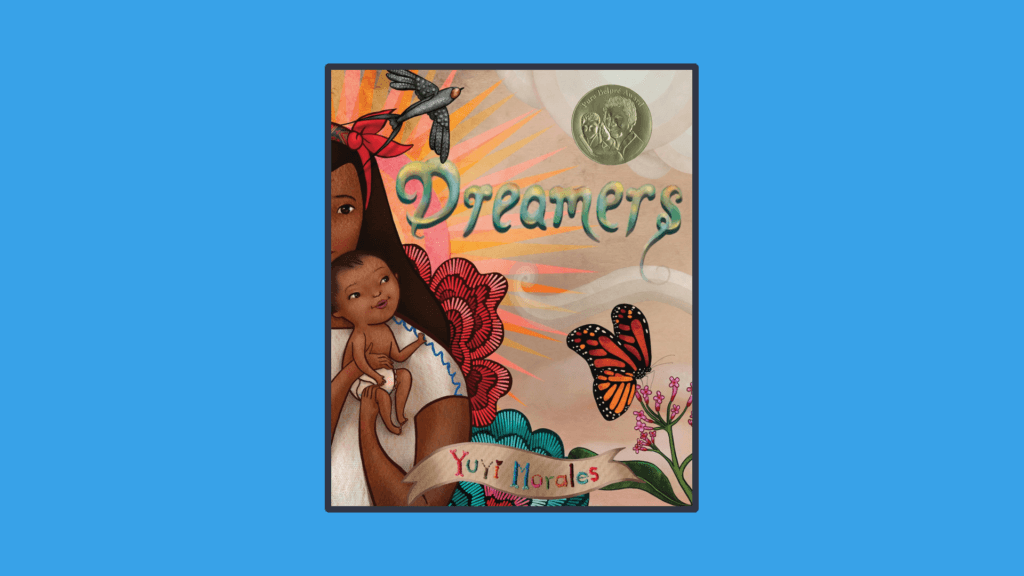
5) ‘Dreamers.’ Yuyi Morales.
- A mother and her son look for refuge in the United States. The mother wants what is best for her son and navigates and overcomes many barriers in order to give her son a better life.
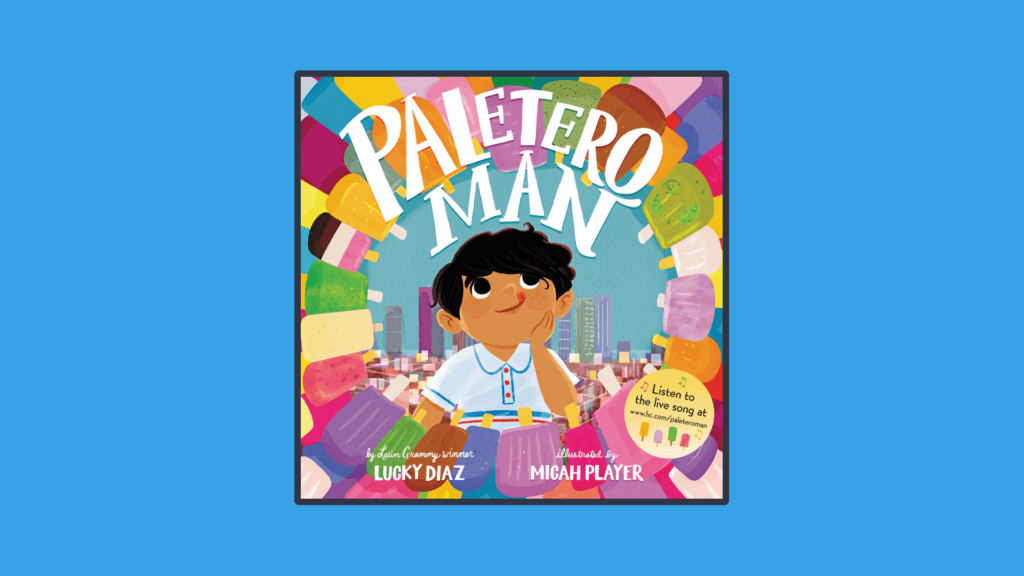
6) ‘Paletero Man.’ Lucky Diaz.
- This is about a boy and his family and how they are helping their community by bringing their cultural heritage, food and traditions during summer.
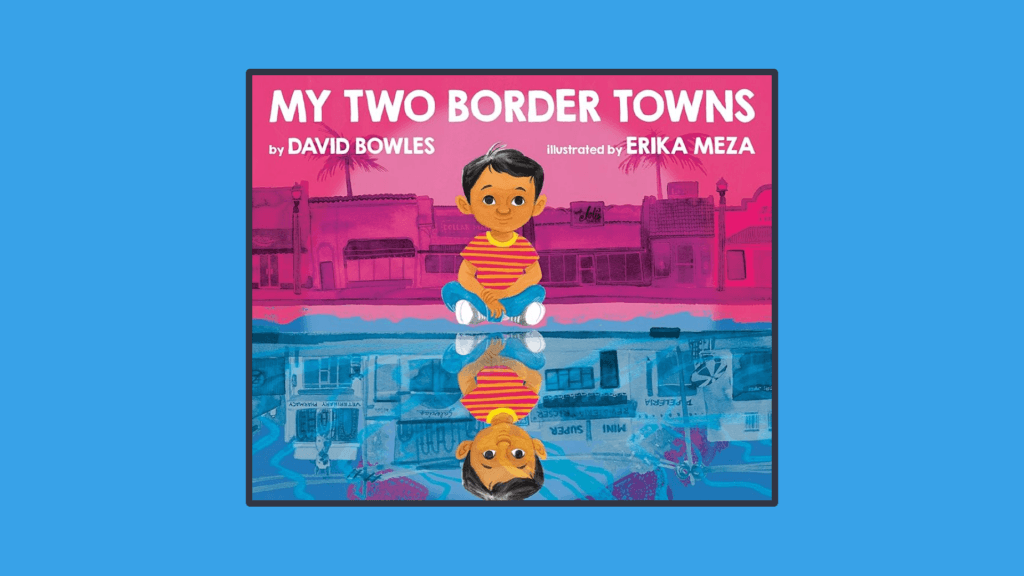
7) ‘My Two Border Towns.’ David Bowles.
- A boy and his father live on the U.S. – Mexico border. They cross to The Other Side to spend the day buying things their family and friends need.
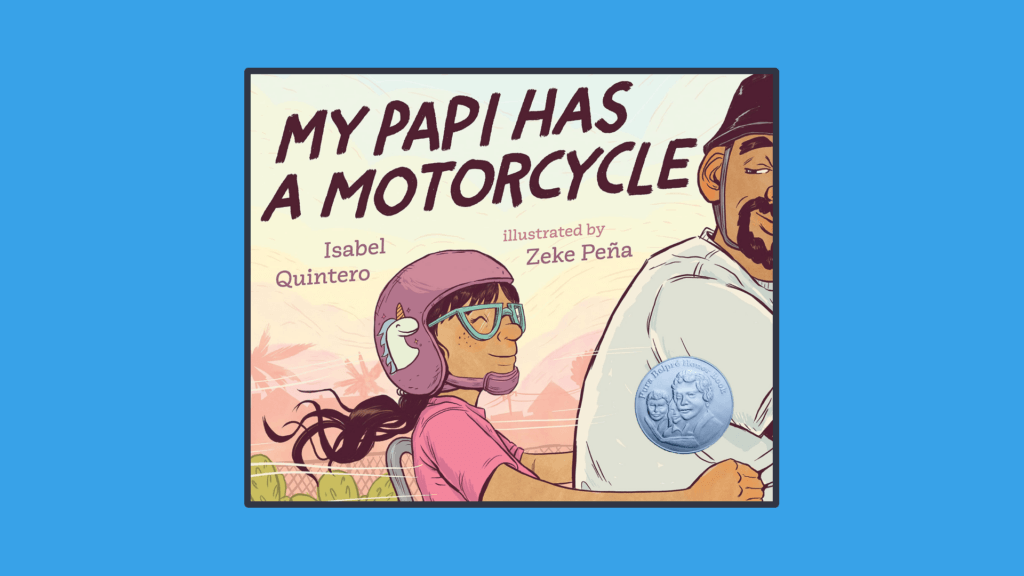
8) ‘My Papi Has a Motorcycle.’ Isabel Quintero.
- After her dad comes home from work, his daughter takes a ride on his motorcycle. Through the town, the dad and daughter celebrate different parts of their vibrant multi-racial community.
Ideas for researched-based student projects
Hispanic Heritage Month is the perfect time for a research project! When students have choice and voice in their learning, it creates ownership and curiosity about their topic.
Here are some ways students can engage with Hispanic Heritage Month through research:
1) Influential Latinx people
Have students research influential Hispanic/Latinx individuals and present their ideas through multimedia platforms, slideshows, creative expressions, or posters.
Explore these great videos to jumpstart your students’ research!
Ellen Ochoa: The First Female Hispanic Astronaut
- In 1993, Ellen Ochoa wrote her name in the stars – as the first Hispanic woman to enter orbit. She continues to inspire generations of aspiring astronauts today.
- Julia Alvarez’s remarkable contributions to Hispanic literature explore immigrant experiences, cultural identity, and resistance against injustice.
- A trailblazer in more ways than one, Sandra Cisneros was the first Mexican-American woman to be published by a mainstream publisher. Her work brought Hispanic culture to a wider audience of readers.
- Puerto Rican All-Star Roberto Clemente hit 240 home runs and was a two-time World Series champion.
- Explores how Huerta became involved in the Labor Movement and how she came to coin her famous catchphrase ‘Yes we can!’
- Explores the life of Frida Kahlo and how she became both a famous and influential painter and self aware.
2) Country exploration
In this research activity, students will choose a Hispanic or Latin American country to research.
Be sure to ensure that students have good researching skills before thinking about these topics.
Students can ask questions about each country and research their answers, or explore key ideas such as:
- Geography and/or language.
- Traditional foods.
- Cultural holidays.
- Country traditions and celebrations.
- Landmarks.
- Political history and/or
- Historical events.
3) Oral history
Have students interview a community member, family member, or use multimedia to connect with a person of Hispanic or Latinx background through oral storytelling.
Students can then prepare questions to ask before the interview and share their responses with the class.
This project builds empathy and helps to preserve cultural heritage through storytelling.
4) Timelines
Begin by watching History of Mexico to create a timeline of Mexico’s past as a class.
Students can create digital or paper-based timelines of topics relating to Hispanic Heritage Month.
Then, give students the opportunity to engage their research skills and dive more into a topic they are passionate about.
Students can think about a range of topics such as
- Latin music,
- Famous Hispanic Americans, or
- Political leaders.
Use a large wall or digital platforms to look at and compare timelines.
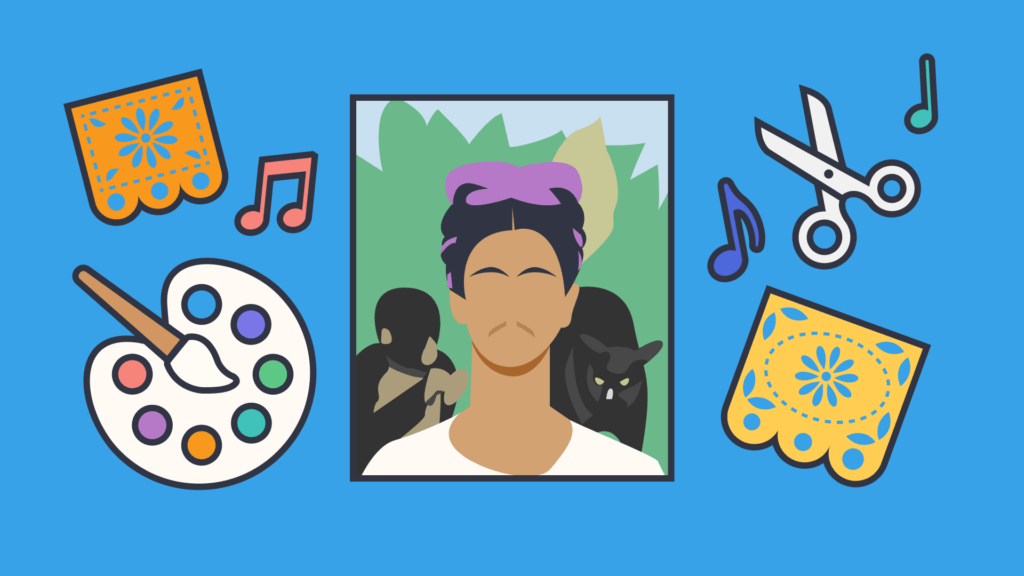
Creative art, music, and storytelling activities
Expressive arts is a pillar of many Hispanic cultures. From dancing, to art, to music, your students will love incorporating their creativity into their Hispanic Heritage month learning.
Make your curriculum more memorable by leading your students through a few of these creative projects!
1) Paper crafts
Students can create beautiful transitional crafts such as Papel Picado or Luminarias.
Introduce students to these crafts by showing them how to cut bright paper into these intricate designs.
These crafts are not only exciting and fun, but they have deep cultural significance for Hispanic countries. They are often seen during celebrations and festivals.
2) Music exploration
There is so much to celebrate about Latin music!
Expose your students to various Hispanic music genres such as salsa, merengue, flamenco, and reggaeton.
Discuss the origins of this music and encourage students to bring in their own songs from different cultures or their families.
3) Hispanic art
Introduce students to Hispanic artists such as Frida Kahlo or Diego Rivera.
Study their styles and themes and students can create their own versions of these famous artists’ work.
Group projects that promote cultural collaboration and inclusion
Collaborative projects encourage teamwork and allow students to learn empathy. Hispanic Heritage Month is a perfect time of the year to teach these skills by engaging in fun school or classroom projects! Consider teaming up with other teachers at your school to invite more students to participate!
1) Cultural fair
Organize a cultural fair where each group presents or demonstrates a different Hispanic country or cultural tradition.
Consider making this project student-led and invite students to plan and prepare.
They can set up informative presentations or booths, artifacts, dancing and music, or food samples!
2) Cooking
If it’s possible, have students prepare traditional HIspanic dishes to try and share with the class.
This is the perfect hands-on experience to collaborate and promote cultural awareness and diversity.
Before cooking with your students, explore Cooking Methods to teach and learn about basic cooking skills needed for some traditional dishes!
3) Traditional dance
Invite professional dancers to teach or showcase to students the dances of their countries.
Students will be able to experience a variety of techniques from the different dances of Hispanic cultures.
4) Language learning
Students can learn basic phrases in Spanish or other languages spoken in Hispanic countries.
Learning a language promotes diversity and appreciation for other cultures.
Share some of the following videos with students to jumpstart their language learning!
- Easy Spanish,
- Numbers in Spanish,
- Prepositions in Spanish,
- Counting to 100 in Spanish, and/or
- Super Easy Spanish.
Sharing and celebrating student work in the school community
Celebrating students’ hard work and learning fosters community in your school. Hispanic Heritage Month can be taught beyond the classroom by publicly celebrating the learning students have done during this month.
1) School display
Bring Hispanic Heritage Month outside of the classroom and install student work throughout the building in your school.
Showcase students’ work in different areas of the school.
Share
- Stories and books students have read or written in the library,
- Famous musicians and dancing in the music room, or
- Traditional foods in the lunchroom!
2) Assembly
Host a school-wide assembly where students can share what they have learned, present their projects or share stories and poems they have written.
3) Hispanic heritage family night
Invite the families in your school community to attend an evening focused on students showcasing their learning about Hispanic Heritage Month as well as games, music and foods.
4) Digital showcase
Bring the classroom to families at home by creating a digital showcase of students’ work.
Hispanic Heritage Month is an opportunity for students to celebrate and honor Hispanic and Latino communities and countries. By incorporating meaningful and engaging projects and activities into your lessons, you will educate and inspire students to appreciate cultural diversity and create a more inclusive environment in your classroom.

Victoria Dotson
briefcase iconLiteracy Specialist
Victoria Dotson, an esteemed educator and professor in Chicago, Illinois, leverages her background as a Literacy Specialist to support multilingual learners and mentor preservice teachers. Victoria excels in developing literacy practices, promoting diverse literacy experiences in the classroom, and developing restorative curriculum.
Other posts
Want more content like this?
Subscribe for blog updates, monthly video releases, trending topics, and exclusive content delivered straight to your inbox.















